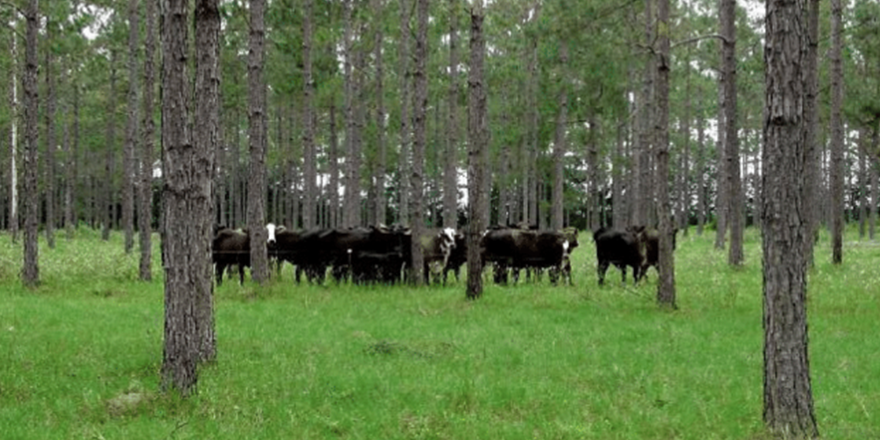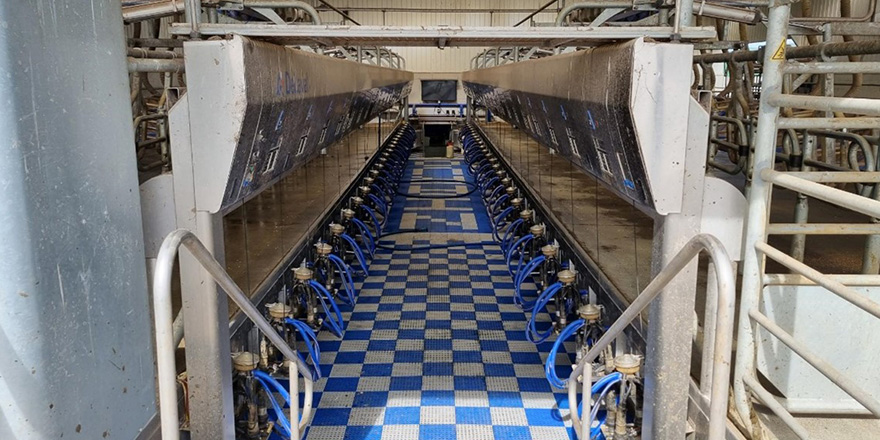
Executive Summary
Soil carbon is a key indicator for the health of the land. Arguably, the long-term agrarian wealth of a nation is determined by whether soil is being formed or lost. If soil carbon is being lost, so too is the economic and ecological foundation on which production and conservation are based. Soil carbon provides the infrastructure for micro-organisms to thrive, stabilises soil, improves nutrient and water cycling, increased biodiversity, all leading to soil resilience and improved profitability.
The purpose for my research was to understand the science related to changing soil carbon concentrations in NZ and how this has provided the framework for policy.
Approximately half of NZ’s land mass is in pastoral production and has been excluded from the emission trading scheme along with any land uses other than commercial forestry due to the science. No research has yet been validated on how to increase soil carbon stocks in NZ, but the wider science related to carbon depletion is not so limited. Conclusive evidence is forecasted to be published in 2020. This understanding needs to be data rich and not driven by models. End goal is to include soil carbon crediting for other land uses such as pastoral and horticulture.
Silvopastoral system provides a diverse range of land uses similar to nature with livestock and trees grown in symbiosis. Not only does this diversify income, but financially rewarding. This land use qualifies for the Afforestation Grant Scheme by MPI to fund tree establishment. Further trials are necessary to substantiate the potential carbon sequestration from this land use but trials from similar conditions overseas are generating exciting results.
Exposed soil reduces soil carbon stocks via oxidation (released as CO2) and/or increased risk of soil erosion at a rate of 35kg C/ha/day leading to sediment contamination in waterways and is one of the main issues facing NZ. Disincentivise and/or educating land users from this practice will mitigate soil carbon losses providing flow on effects. Diversity has a key contribution; diverse plants have higher root biomass, leading to high storage capability contributing to increased soil carbon compared to monocultures.
The most valuable, productive soil types in NZ have the highest soil carbon losses due to intensification, particularly cultivation. The biggest potential for addressing climate change and sequestering carbon from the atmosphere is from our Brown soils that make-up 22% of our land area.
NZ soils are young and generally have high carbon content, unlike soils elsewhere. This reduces the plausibility of using overseas science to adopt in NZ emphasising the need for greater investment in this field. Society seems more interested in space than what I believe is one of the final frontiers.




